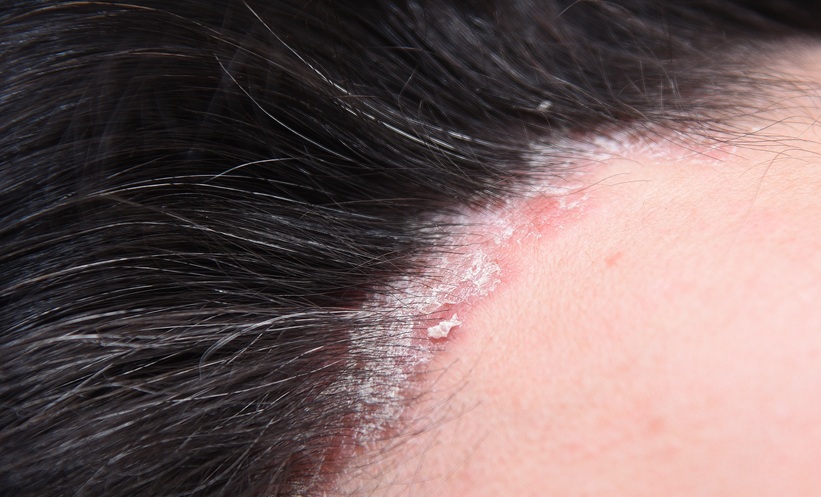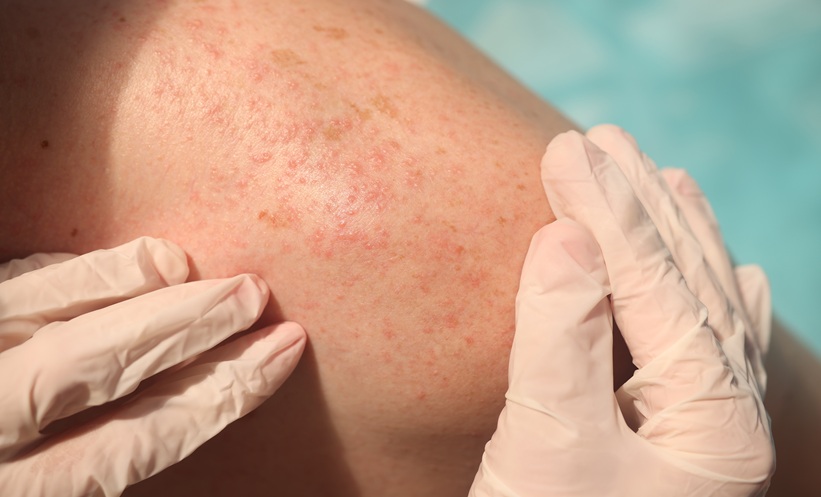Shyam Verma | Nirvana Skin Clinic, Vadodara, India; International Board Member of the European Academy of Dermatology and Venereology (EADV)
Citation: EMJ Dermatol. 2023; DOI/10.33590/emjdermatol/10307834. https://doi.org/10.33590/emjdermatol/10307834.
![]()
What sparked your interest in sociocultural dermatology, and how widespread is the understanding of this in the dermatology community and beyond?
Travel is the ultimate eye opener, and so is personal interaction with people from across the globe. One gets to appreciate nuances by comparing the practice of dermatology in a given region from colleagues working in different countries. Curiosity is a great driver for appreciating nuances, and one needs to be outgoing to ask to be educated. I have been lucky in meeting like-minded people who are equally curious, and go out of their way to try and understand the differences in the way we practice dermatology.
You are a prominent researcher within the field of superficial dermatophytosis, especially topical steroid abuse. How important is research in this field?
Mycology is a relatively small field. Dermatophytosis forms an even smaller part of mycology, and, therefore, there are not too many who can claim an active interest in that field. However, the current shift in the epidemiology of dermatophytosis in India in the past decade or so, along with the accompanying curious clinical changes, have been remarkable in countries like India and its neighbours, like Nepal, Bangladesh, Sri Lanka, etc. We have been writing about the differences in the current scenario of dermatophytosis, and we were able to record several interesting features in the process. We then got a chance to form a group of interested people from across India who were keen on delving deeper into the current scenario of dermatophytosis, and who sent skin scrapings of their patients to a research laboratory in Mölbis, Germany, with a special interest in doing specialised genetic testing like PCR and DNA sequencing. Pietro Nenoff, labopart – Medical laboratories, Laboratory Leipzig-Mölbis, Germany, from that laboratory, and his colleague Silke Uhrlaß, have been spearheading research in this area, and their reference laboratory has been providing free investigations for institutions from countries with a high prevalence of dermatophytosis. In fact, the Indian Association of Dermatology, Venereology and Leprology (IADVL) has helped centres in Bangladesh and Nepal to get their samples tested. A striking similarity in the pathogenic species has been found in samples from India and other neighbouring countries. All the countries, including India, also share a common problem of easy availability of fixed dose combination creams (cocktail creams) containing antifungal, antibacterial, and potent steroids, such as clobetasol propionate and betamethasone dipropionate, which are used as first-line in treating patients with dermatophytosis. Ethical issues make it difficult to study the exact role of these combination creams in this new variant of dermatophytosis, i.e., trichophyton mentagrophytes genotype VIII, which is now assigned a new species, Trichophyton indotineae. Currently, efforts are underway to identify the species from various South Asian, and even Middle Eastern countries like the United Arab Emirates. This curious phenomenon has sparked off an interest from the Centers for Disease Control and Prevention (CDC) in this phenomenon, and they have been helping us in conducting whole genome sequencing, which has shown clonal spread in multidrug resistant dermatophytosis in these populations. Terbinafine resistance and now multidrug resistance have been documented in populations in these countries. The phenomenon is becoming a public health concern, especially now some strains are showing resistance to drugs such as itraconazole, which remains our only hope in this dismal scenario. Researchers from Delhi, India, and Switzerland are now also looking at various genetic factors that may be responsible for the curious resistance patterns. The picture should become clearer with further research.
How is the European Academy of Dermatology and Venereology (EADV) positively impacting the treatment landscape of skin related diseases for patients and healthcare professionals?
The EADV has become the second largest association of dermatologists globally, after the American Academy of Dermatology (AAD), in terms of inclusivity. It has members from over 90 countries and has robust activities for interested members. One of the best resources made available for members is the monthly journal that they publish, which has a constantly growing impact factor, making it one of the top dermatology journals globally. There is now also an open access journal made available by the EADV, which increases the reach to people from all over the globe. The EADV also runs various courses, master classes, workshops, etc. on an annual basis for interested members; these are not limited to the conferences and run throughout the year. Details are available on the website. I will take this opportunity to encourage all those who are reading this interview to become a member of the EADV, and take advantage of all the facilities available through its membership. The EADV activities comprise of yearlong programmes that facilitate learning and updates for everyone irrespective of age or experience.
As one of the two International Board Members of the EADV, how do you approach your role?
Currently, the focus is on trying to get back regular members that we lost during the COVID-19 years. We are trying to get old members to once again pay and join. We are also trying to have more interactive teaching learning platforms.
You are due to co-chair a session entitled ‘IADVL – Indian Association of Dermatologists, Venereologists & Leprologists’ at the EADV Congress 2023. What valuable insights or knowledge can healthcare professionals expect to gain from attending this session?
These are sister society meetings that the EADV organises each year, with large national societies whose members come and attend the congress in large numbers. Such societies are given a slot to run their own full- or half-day meeting. Members from that country give talks in areas of their own expertise. Our session will focus on several talks on various dermatoses in skin of colour. There will be about 15 talks in the session on the 11th of October 2023.
Which sessions do you highly recommended for all participants to attend at the EADV Congress 2023?
There are certain areas in dermatology, such as psoriasis, atopic dermatitis, skin malignancies, etc., where new molecules, and revisiting of old molecules, for their treatment are always discussed. I think those are very important topics because the latest trends and opinions are discussed by dedicated researchers from across the globe. In addition, sessions on hair and nail disorders, paediatric dermatology, itch, and inflammatory and infectious diseases are always interesting as they are very relevant in day-to-day practice, and implementing newer views put forward by experts is very helpful in individual practice.
What were the main conclusions of your most recent publication, entitled ‘Secondary dermatoses over scars and striae—A phenomenon replete with miscellaneous terms indicating dysregulated immunity’?
We feel that so many terms that occupy space in dermatology lexicon, such as isotopic response, isomorphic response, reverse of these phenomena, etc., create confusion. In addition, the concept of the so called ‘immunocompromised districts’ in dermatology is a term that can cause confusion, as the name indicates compromised immunity locally, which is not truly the case. Rather, it is altered immunity that we see in such areas such as scars and striae. Therefore, there is dysregulated immunity in such areas and not compromised immunity. We have, accordingly, suggested a name change from immunocompromised districts to immunodysregulated districts as an umbrella term.
To date, what achievements are you most proud of in your career?
I do not know if I can pick the ‘proudest’ achievement, but would consider a few milestones in my career as some of the proudest moments personally. Those include the fact that I have delivered over 200 talks in over 30 countries, and have held senior executive positions, such as Director and Vice President of the International Society of Dermatology (ISD) for four terms. I am currently serving my second consecutive term as an elected International Board member of the EADV. These appointments have enabled me to work closely with other high ranking dermatologists from all over the world and have helped develop a very international outlook. I especially take pride in the fact that I am one of the few, if not the only dermatologist on the Indian subcontinent and probably Asia to have held honorary teaching appointments as Clinical Assistant Professor at the department of dermatology in Penn State University, Pennsylvania, USA, for 4 years in the early 2000s, and continue to hold a similar position at The State University of New York, New York, USA. I have held the position of Clinical Associate Professor in the department of dermatology in the University of Virginia, Charlottesvile, USA, for 14 years and had the same appointment in the department of dermatology in Perelman School of Medicine, University of Pennsylvania, Philadelphia, USA. I am happy to say that I have been promoted to the rank of Adjunct Professor of Dermatology a few months ago, which is indeed an honour considering the reputation of the department as a top ranking one in the entire USA.







